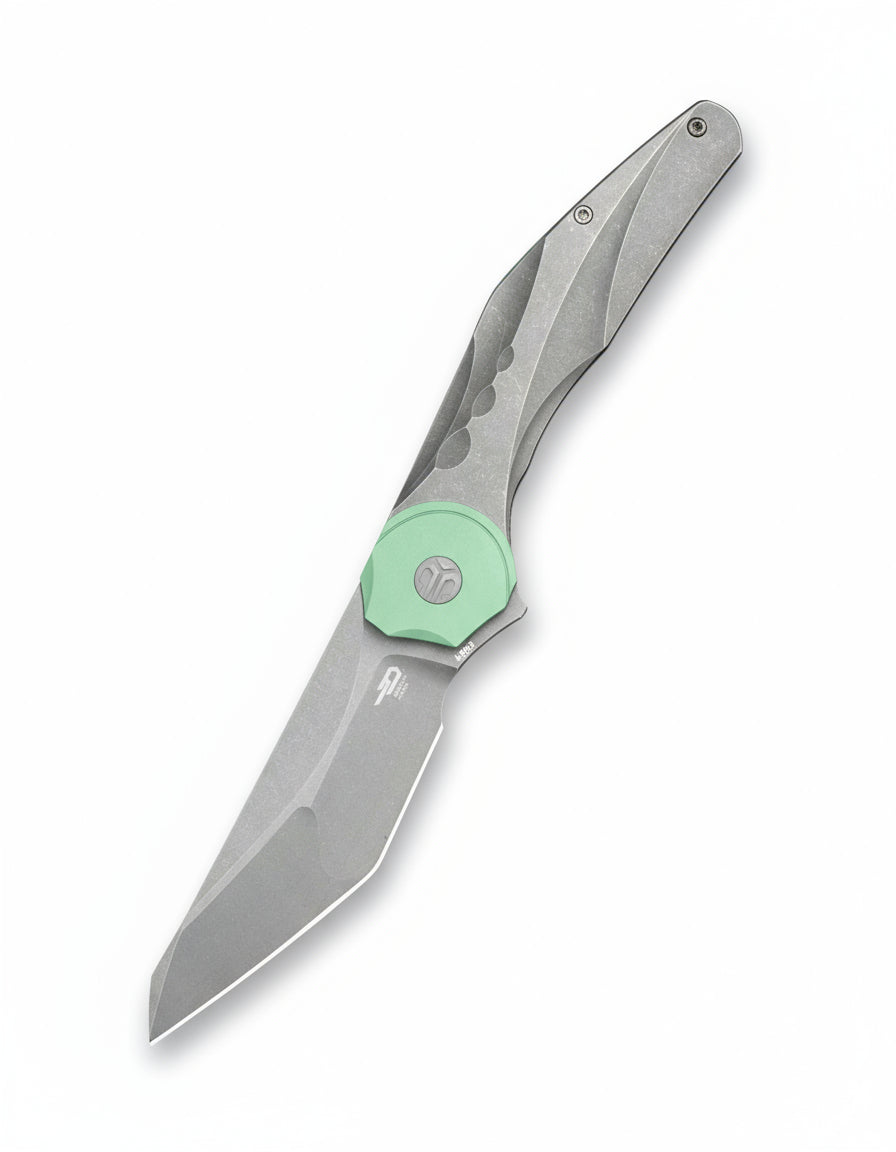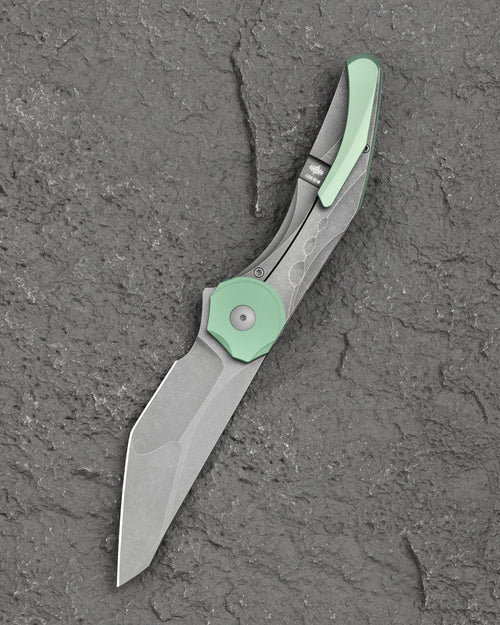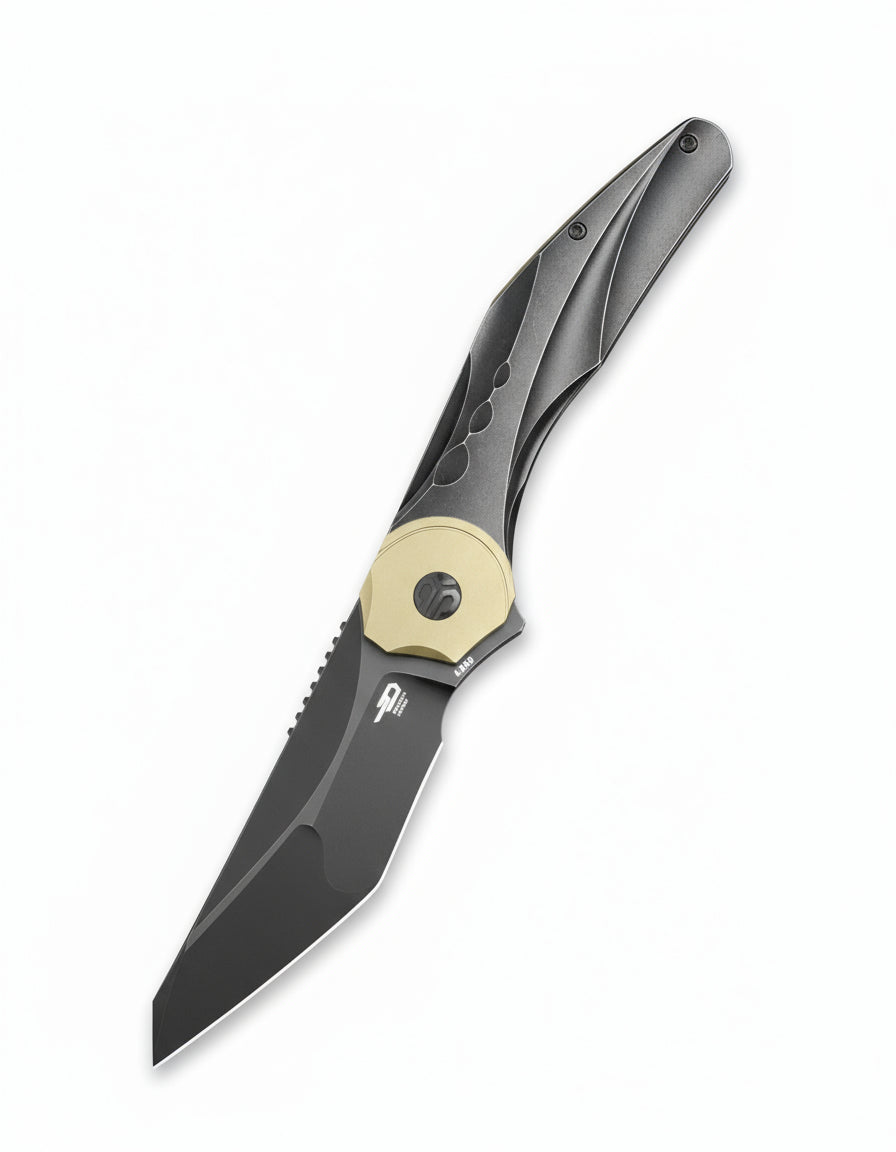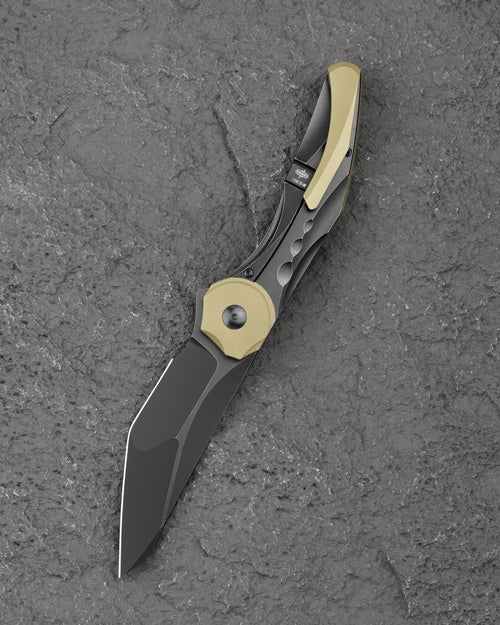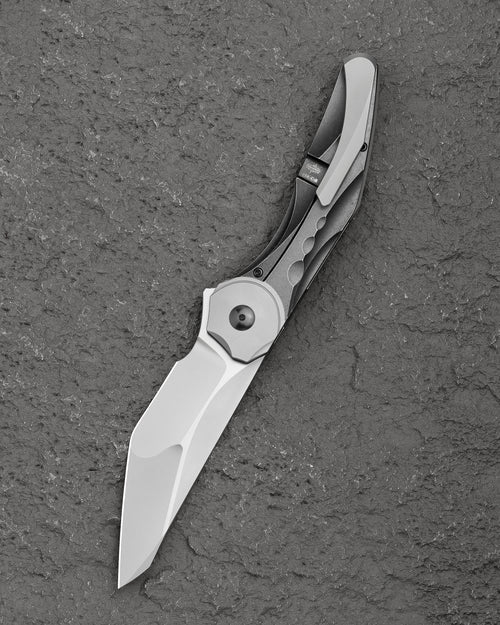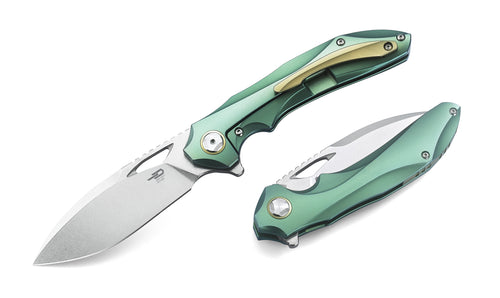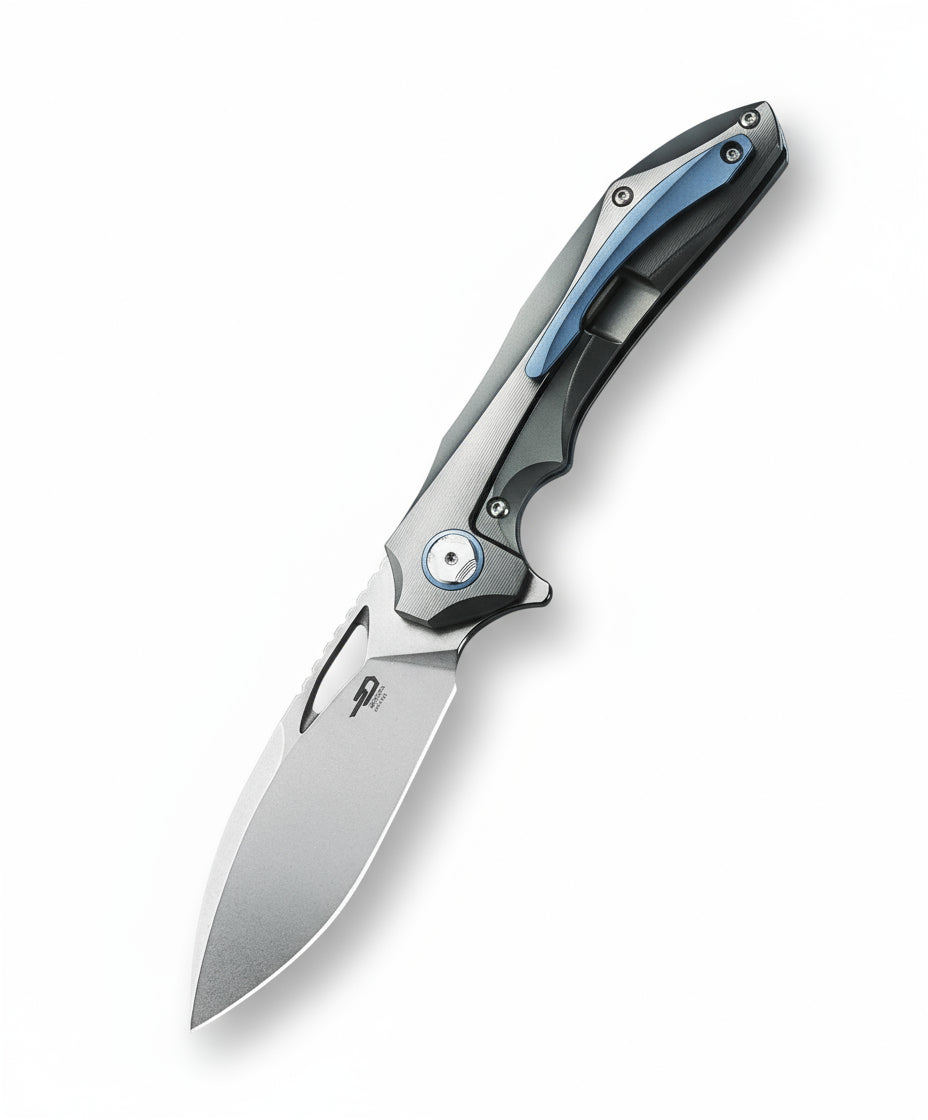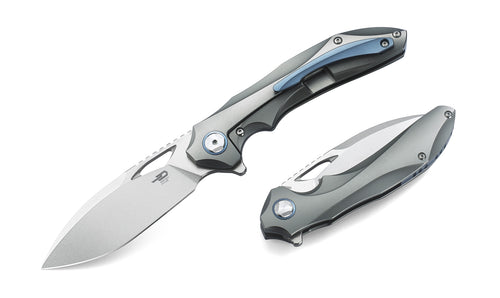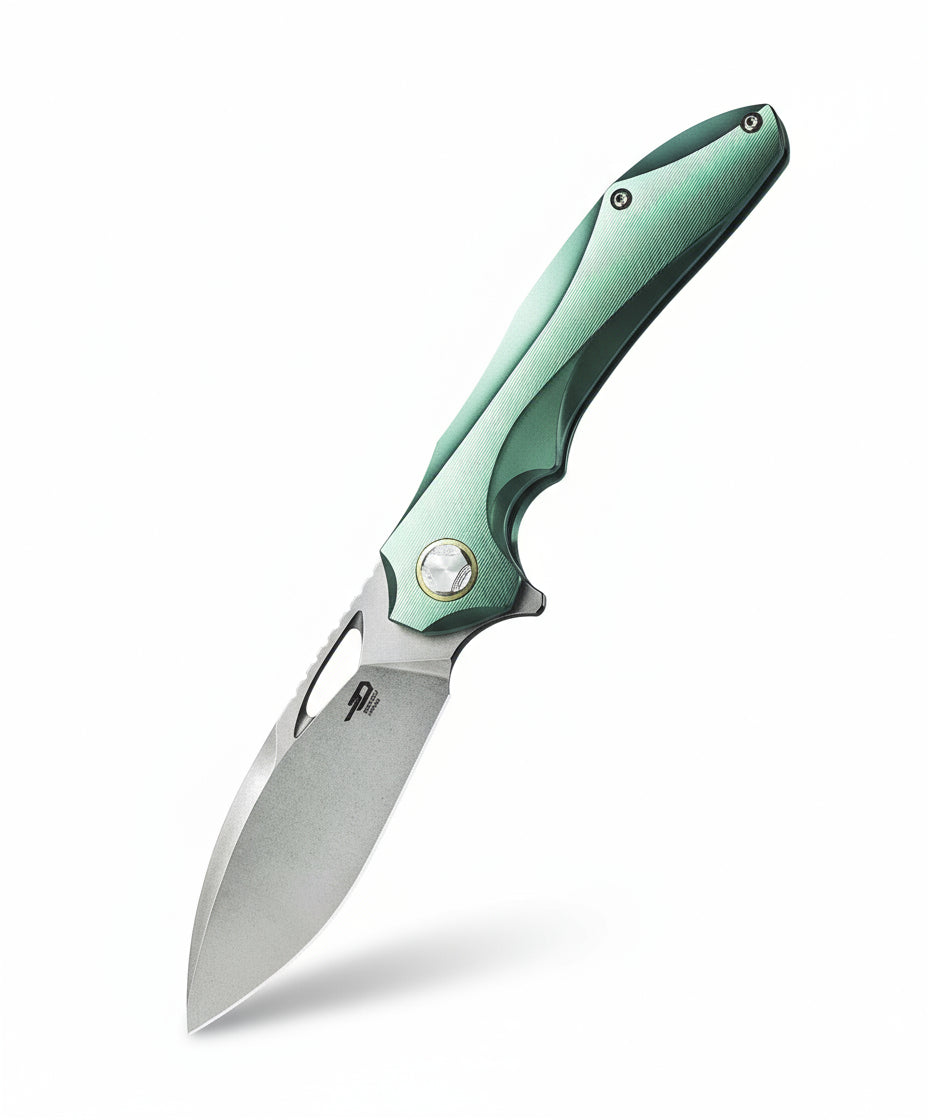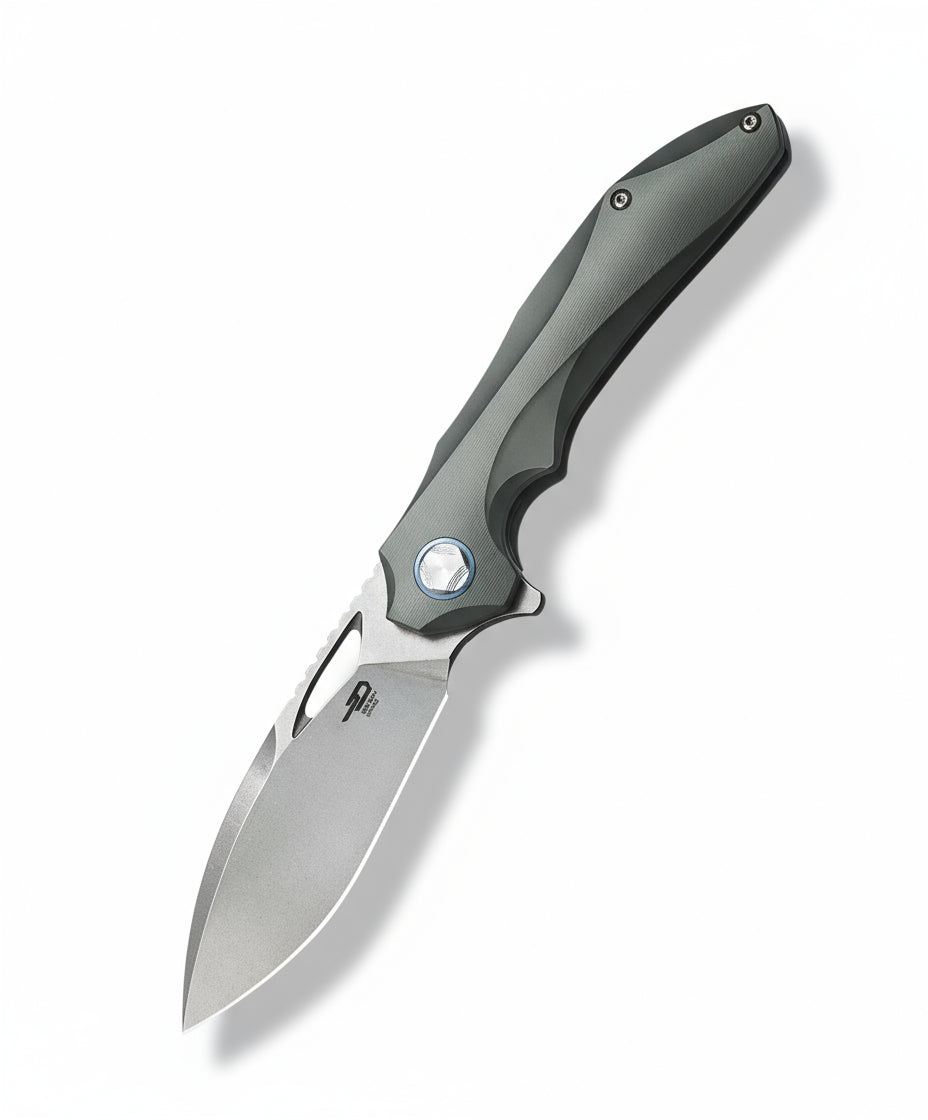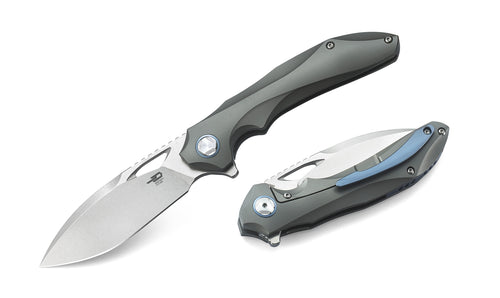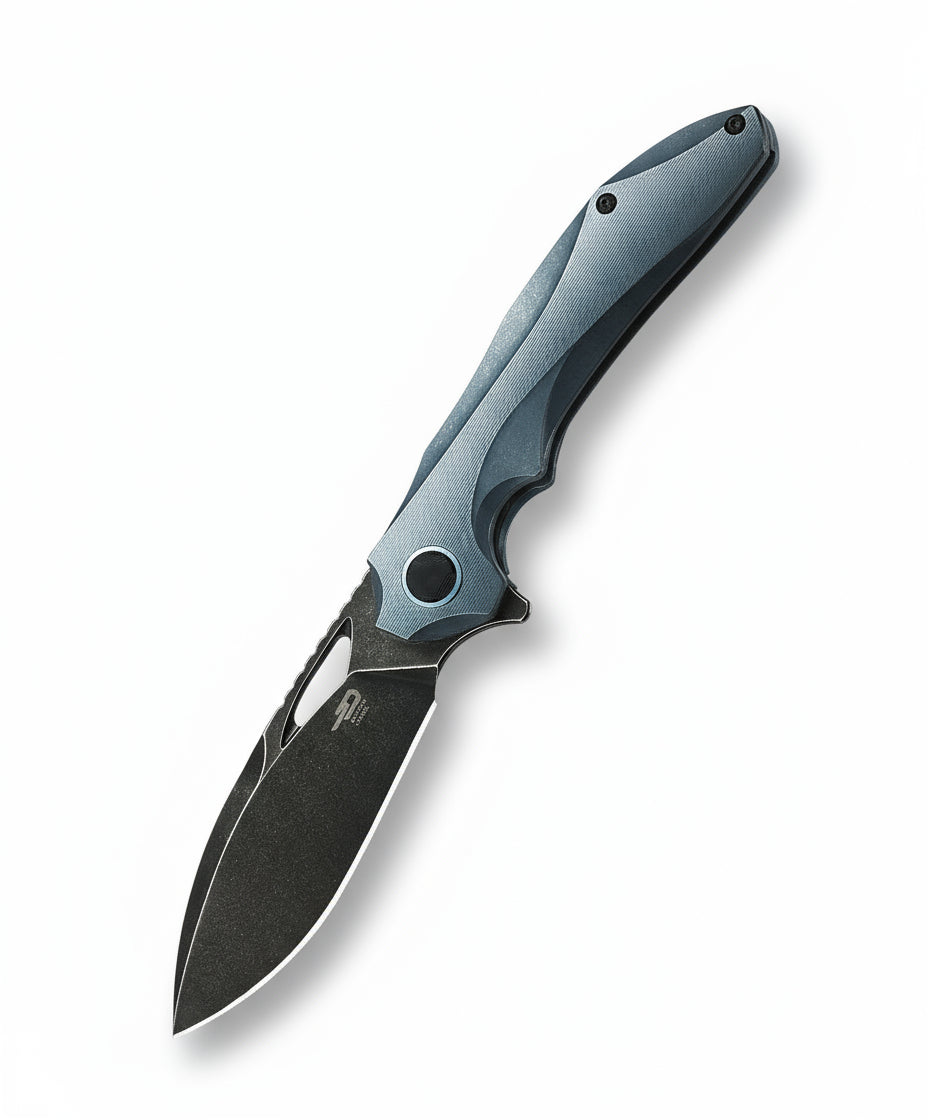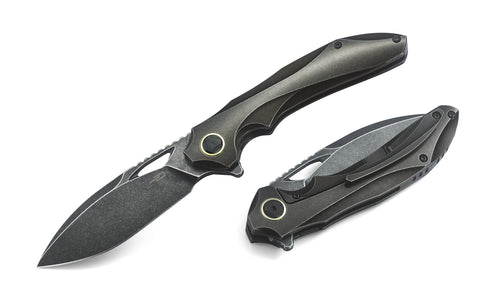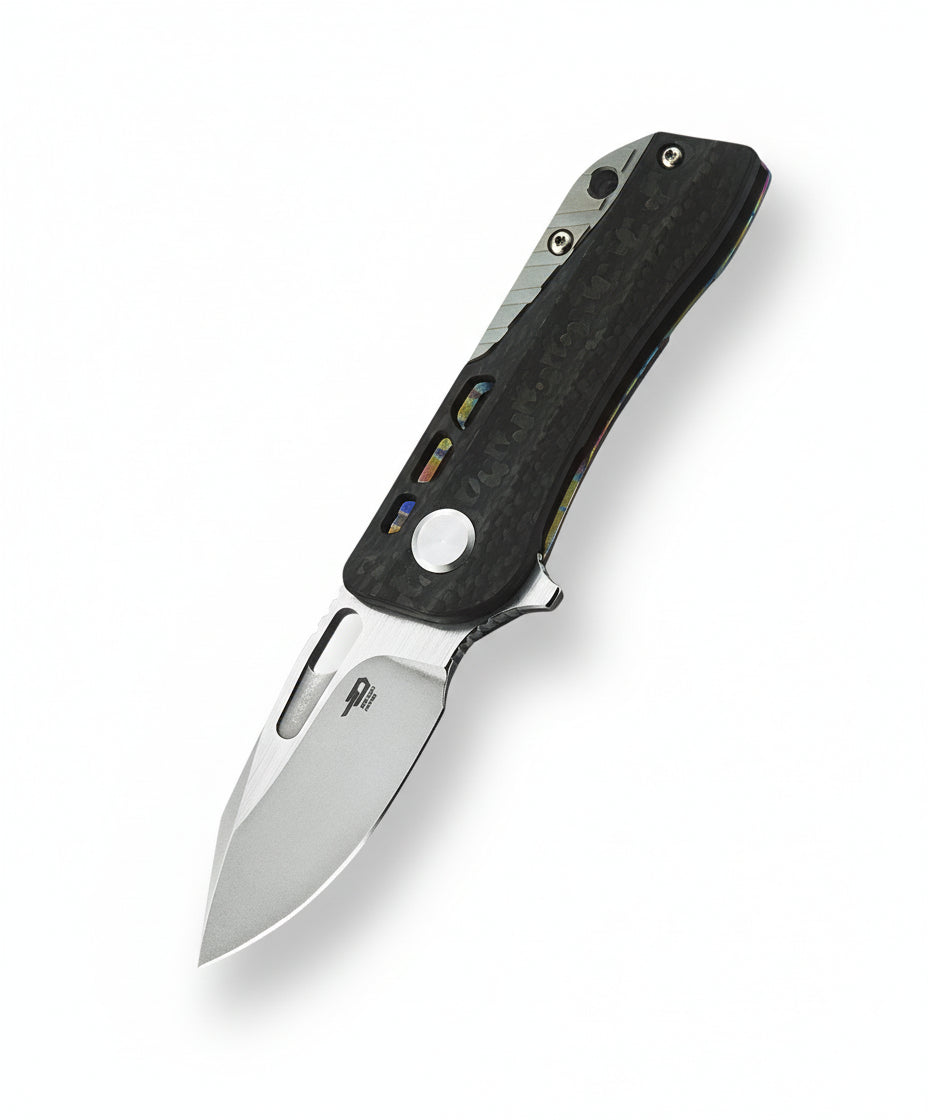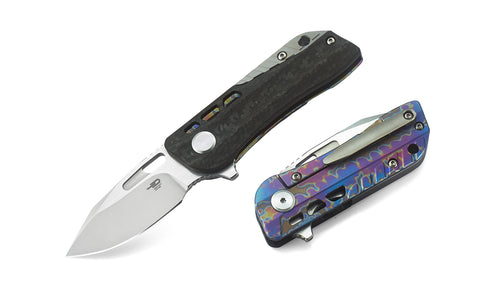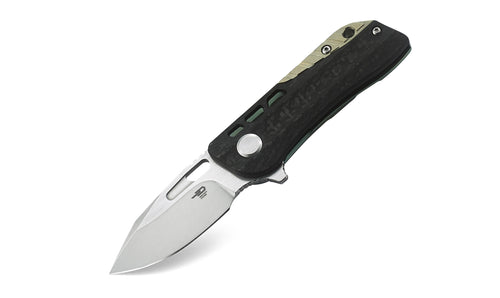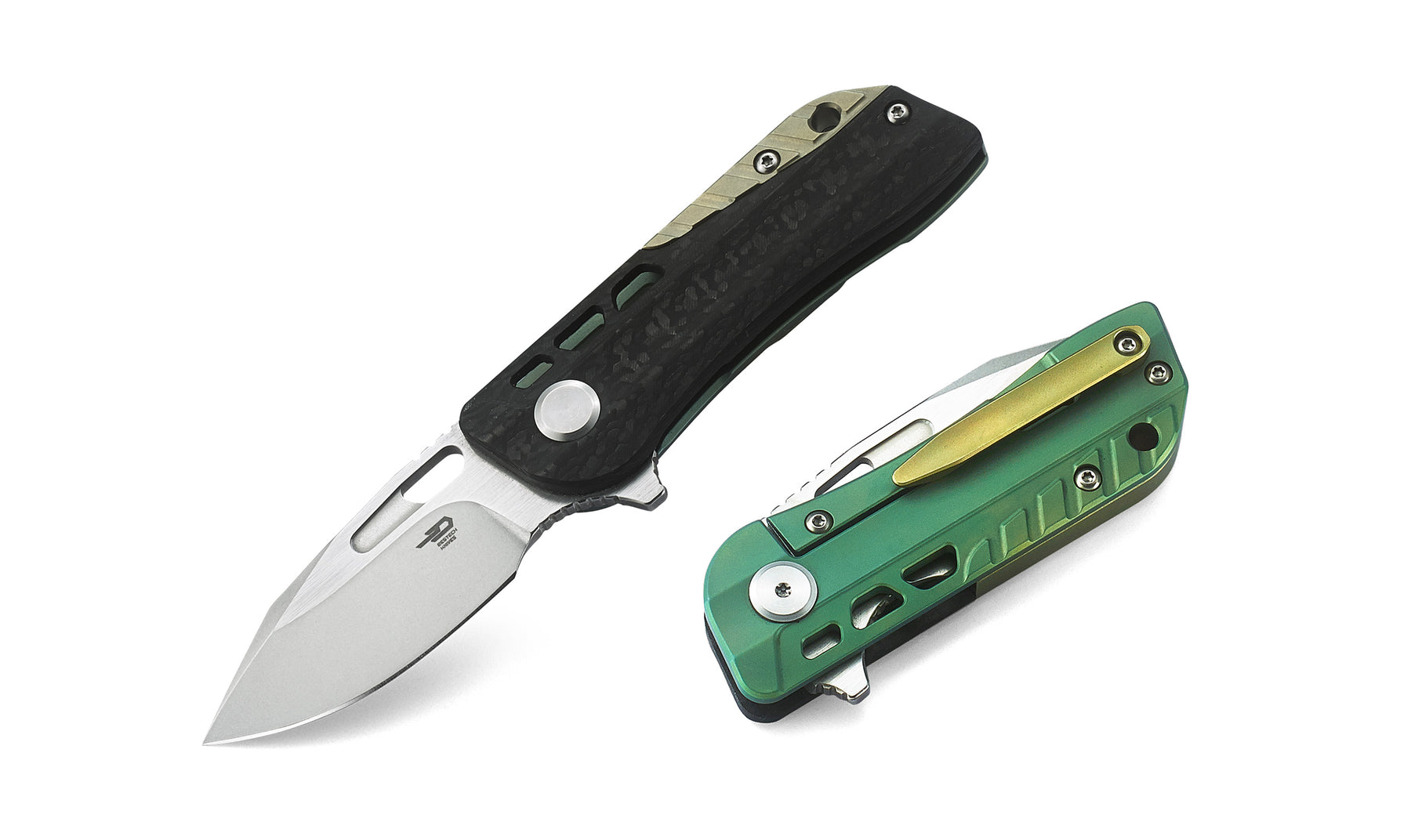When it comes to choosing the right steel for your knives, the options can be overwhelming. Two popular choices in the knife-making industry are 420hc and CPM-S110V. But which one is better? Let's dive into the details to help you make an informed decision.
What is 420hc Steel?
420hc steel is a stainless steel that is commonly used in knife blades. It is known for its corrosion resistance and ease of sharpening. With a carbon content of around 0.4-0.5%, 420hc steel offers decent edge retention and is relatively easy to maintain.
What is CPM-S110V Steel?
On the other hand, CPM-S110V is a high-end stainless steel that is renowned for its exceptional wear resistance and edge retention. With a high vanadium and carbon content, CPM-S110V steel is considered one of the best steels for edge retention in the knife industry.
Strength and Toughness
When it comes to strength and toughness, CPM-S110V steel outshines 420hc. The high vanadium content in CPM-S110V enhances its wear resistance, making it ideal for heavy-duty tasks. On the other hand, while 420hc steel is easier to sharpen, it may not hold its edge as well as CPM-S110V.
Corrosion Resistance
420hc steel is known for its good corrosion resistance, making it a suitable choice for knives that are frequently exposed to moisture. On the contrary, CPM-S110V steel, while offering superior edge retention, may be more prone to corrosion if not properly maintained.
Price and Availability
CPM-S110V steel is considered a premium steel and is often found in high-end knives, making it more expensive than 420hc steel. Additionally, CPM-S110V steel may be harder to find compared to the more common 420hc steel, which is widely used in budget-friendly knives.
Conclusion
In conclusion, the choice between 420hc and CPM-S110V steel ultimately depends on your specific needs and preferences. If you prioritize edge retention and wear resistance, CPM-S110V steel is the superior choice. However, if ease of sharpening and corrosion resistance are more important to you, 420hc steel may be the better option.
Both steels have their own strengths and weaknesses, so it's essential to consider how you will be using the knife before making a decision. Whichever steel you choose, proper maintenance and care will ensure that your knife performs at its best for years to come.


